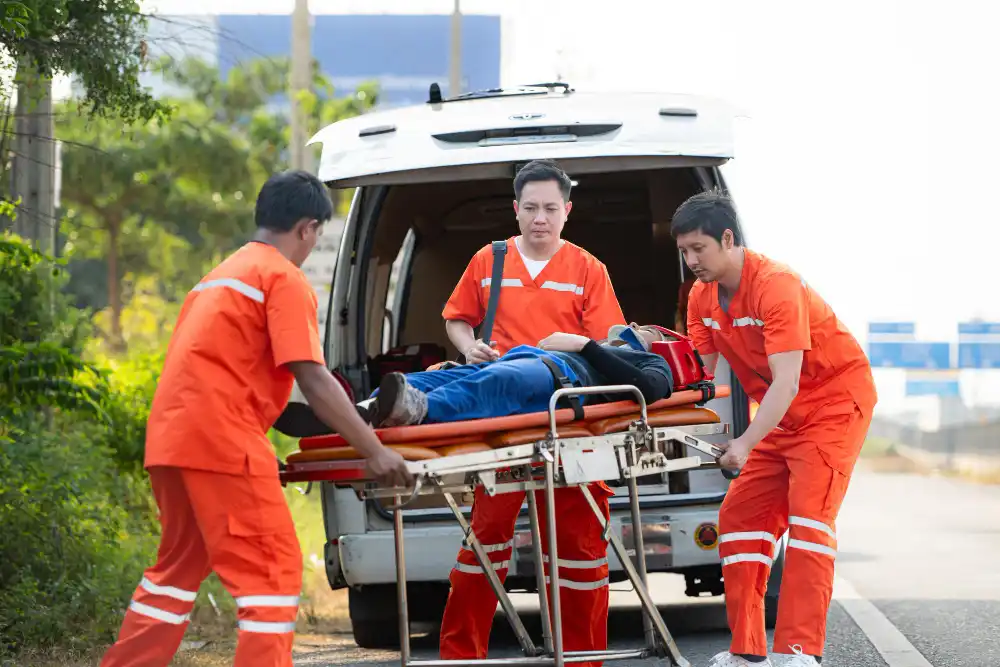Ambulance Services | 24/7 Emergency Medical Transport & Care
Get fast and reliable Ambulance Services available 24/7 for emergencies. Trained professionals ensure safe and timely patient transport.

Ambulance Services
Ambulance services are the backbone of emergency medical care the first response when every second counts. Whether it’s a road accident, heart attack, stroke, or a sudden collapse at home, ambulances bridge the gap between the patient and the hospital. Equipped with life-saving tools, trained paramedics, and real-time communication systems, ambulances bring critical care right to your doorstep. They ensure rapid response, safe transportation, and immediate medical support before a patient even reaches the hospital.

4.5 %
The ambulance services increase 4.5 % every year for emergency medical services
25,851
The Indian healthcare system is equipped with more than 25,851 ambulances
130
About 130 crores of the population in India use ambulance services
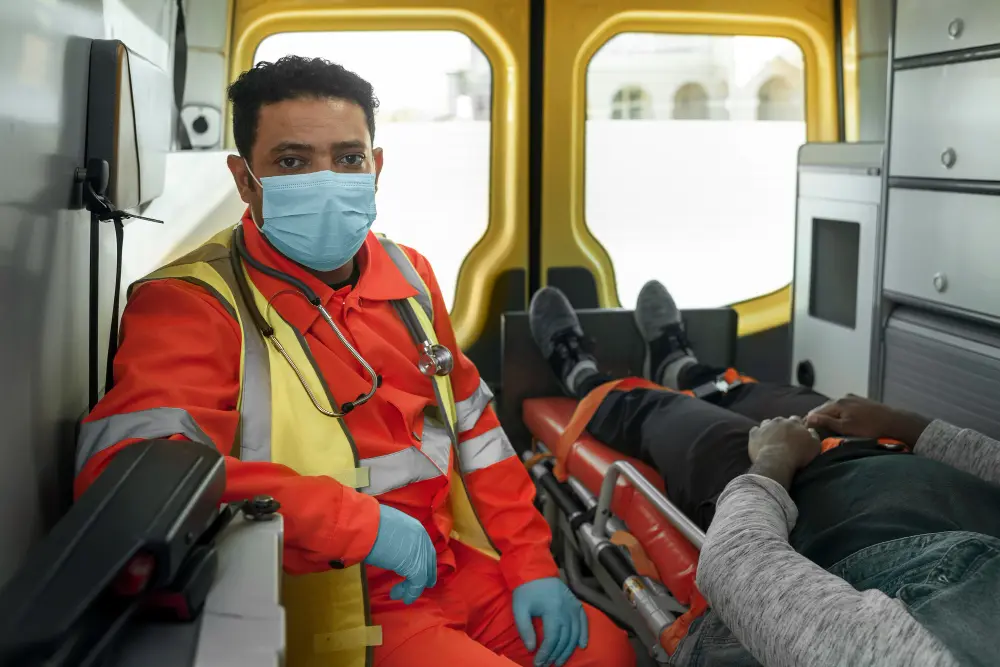
How a Ambulance Services Works
Ambulance services operate 24/7 with a well-coordinated system of control centers, trained personnel, and medical vehicles. When an emergency call is made:
- The dispatcher identifies the location and severity of the case.
- The nearest available ambulance is immediately alerted through GPS tracking.
- The ambulance team including paramedics and emergency technicians rushes to the site.
- On arrival, the team provides on-the-spot first aid, oxygen, CPR, or defibrillation, if needed.
- The patient is stabilized and transported safely to the nearest hospital while vital signs are continuously monitored.
Modern ambulances are also connected to hospital emergency departments through real-time communication, allowing doctors to prepare before the patient arrives.
Why Ambulance Services Are Crucial

Accidents and Trauma
Immediate transport and trauma stabilization reduce fatality risk.
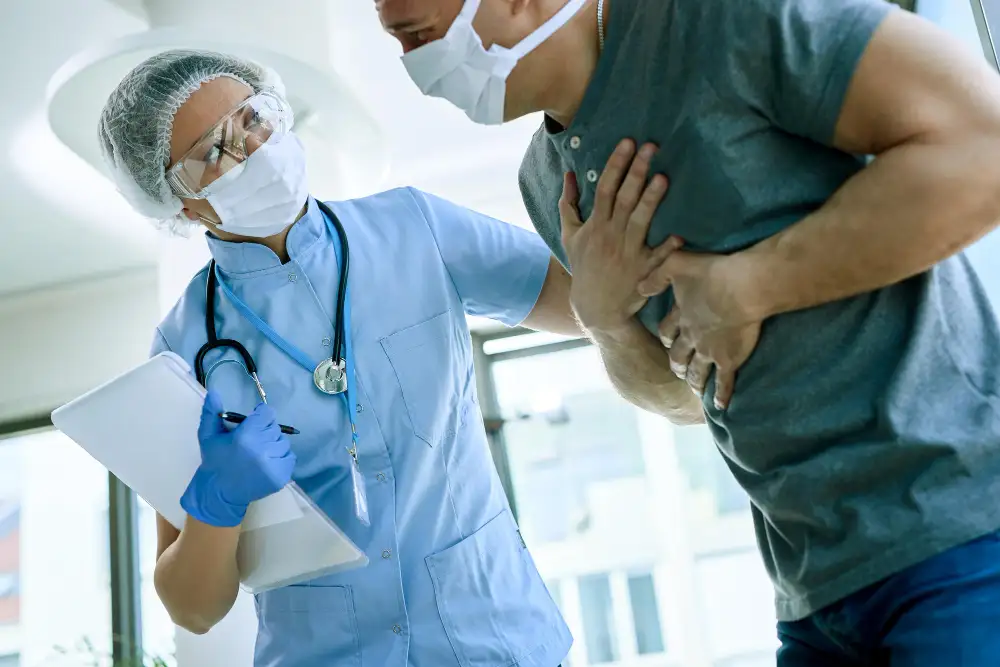
Cardiac & Stroke Cases
Faster arrival to the hospital ensures timely intervention, saving heart or brain function.

Critical Transfers
Shifting ICU patients between hospitals under advanced medical supervision.

Maternity & Pediatric Emergencies
Assisting women in labor or infants in distress safely.

Disaster Response
Handling large-scale emergencies like floods, fires, or epidemics efficiently.
Benefits of Ambulance Services
24/7 Availability
Always on call day or night, holidays or weekends.

Trained Professionals
Paramedics, nurses, and emergency technicians trained in life support.

Advanced Equipment
Cardiac monitors, oxygen cylinders, ventilators, stretchers, and defibrillators onboard.
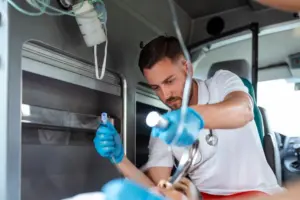
GPS & Communication Systems
Quick navigation and hospital coordination minimize response time.

Variety of Ambulances
Basic life support (BLS), advanced life support (ALS), neonatal, and air ambulances for different needs.
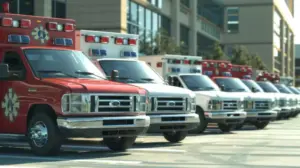
Safe Patient Transfers
Secure handling during inter-hospital or home-to-hospital transfers.
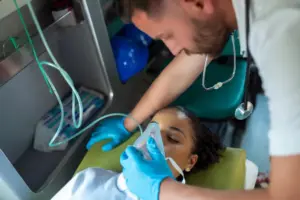
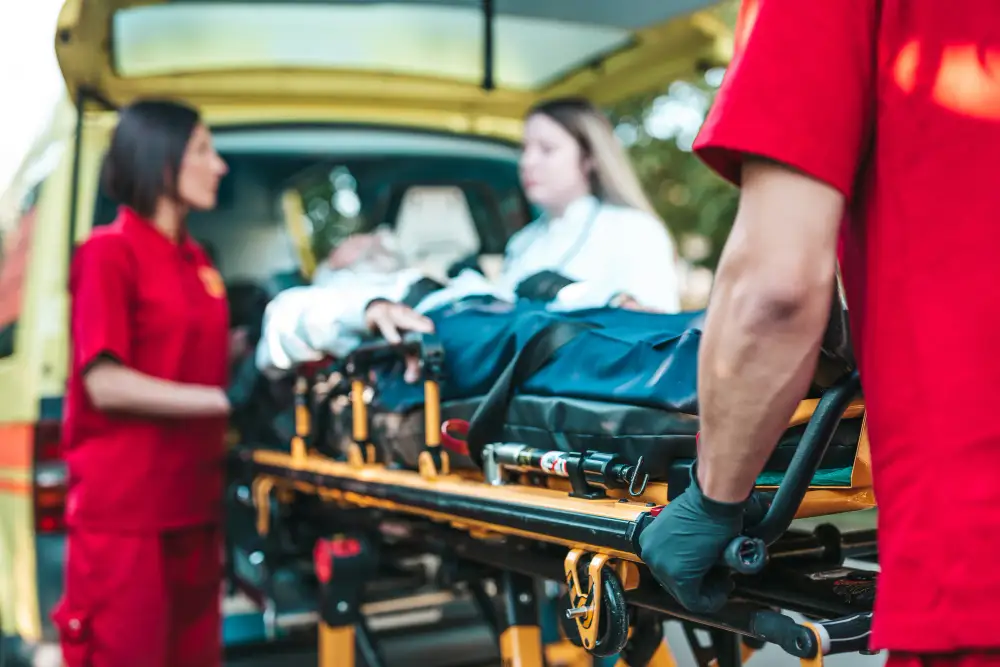
Preparation Before Visiting a Ambulance Services
When facing an emergency, clear communication can save time and lives. Here’s how to prepare before calling an ambulance:
- Stay Calm: Panic delays clarity take deep breaths and speak slowly.
- Provide Accurate Location: Share your complete address or landmark details to avoid confusion.
- Describe the Situation: Explain the patient’s age, symptoms, and any known medical conditions.
- Keep Essentials Ready: Have the patient’s ID, previous reports, and medications nearby.
- Ensure Access: Keep pathways and gates open for the ambulance to reach the patient quickly.
Being prepared ensures a faster and more effective response when every second matters.

During the Procedure
Once the ambulance arrives:
- The medical team assesses the patient’s condition immediately.
- First aid or life support is administered on-site if required.
- The patient is carefully moved into the ambulance using a stretcher.
- Inside, vital signs are monitored continuously during transport.
- The hospital is alerted en route so the emergency team can prepare in advance.
Paramedics also maintain clear communication with the patient’s family, ensuring transparency and reassurance throughout the journey.
After the Procedure
After reaching the hospital, the medical team hands over the patient to the emergency department with a detailed report of the treatment given en route.
Some ambulance services assist with paperwork, payment, or coordination if inter-hospital transfers are needed.
Post-emergency, patients or families can request a service summary, which helps doctors understand pre-hospital care.
In non-emergency transfers (like shifting bedridden patients), aftercare includes equipment sanitization and safety checks before the next use.
